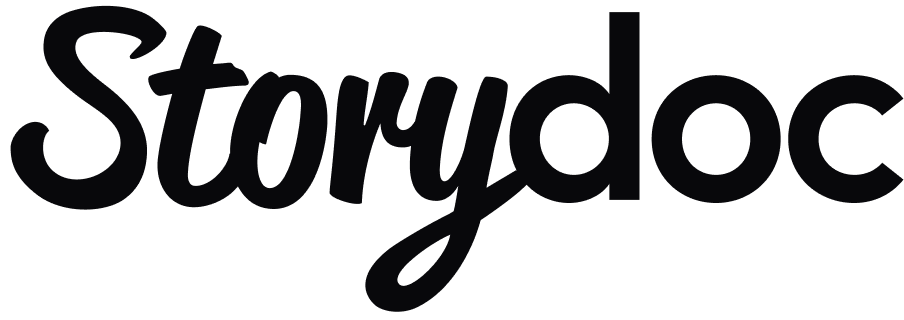9 essential documents used in donor communication
1. Donor presentations: These are used to provide an overview of the organization's work, demonstrate the impact of their donations or present future plans.
2. Donor Impact Reports: These reports specifically show donors how their contributions have been used and the impact they've had. They can be tailored to individual donors, especially major donors, or they can be more general.
3. Donor Letters: These include thank you letters, appeal letters, and update letters. Thank you letters acknowledge donors for their contributions, appeal letters request donations, and update letters inform donors about the organization's activities and achievements.
4. Newsletters: These are regularly distributed publications, usually via email or direct mail, that keep donors informed about the organization's activities, success stories, upcoming events, and needs.
5. Annual Reports: These comprehensive reports provide an overview of the organization's activities, financial status, and achievements over the past year. They often include stories, photos, financial charts, and a list of donors.
6. Case Statements: These documents are used to make a compelling argument for supporting a specific project or campaign. They outline the need, the proposed solution, the budget, and the expected impact.
7. Brochures and Flyers: These are often used for events, campaigns, or general awareness-raising. They provide an overview of the organization or a specific program and include compelling visuals and a clear call to action.
8. Proposal Documents: These are formal documents submitted to foundations, corporations, or government agencies to request funding. They include a detailed plan of the project or program for which funding is sought, including objectives, methods, budget, and evaluation plans.
9. Acknowledgement Receipts: These are official documents provided to donors as proof of their donation. They often include the donation amount, date, and donor's information, and they can be used by the donor for tax purposes.
Each of these documents plays a unique role in donor communication and can help build and maintain strong relationships with donors. They should be clear, compelling, and tailored to the interests and needs of the donor. They should also align with the organization's brand and values.










